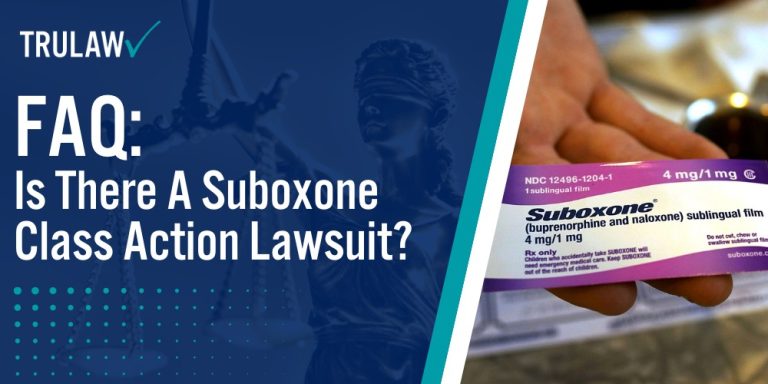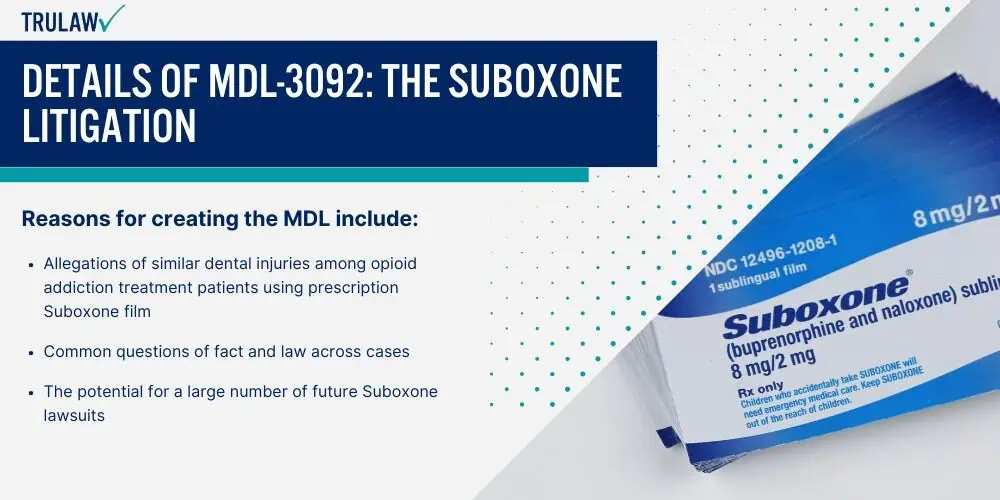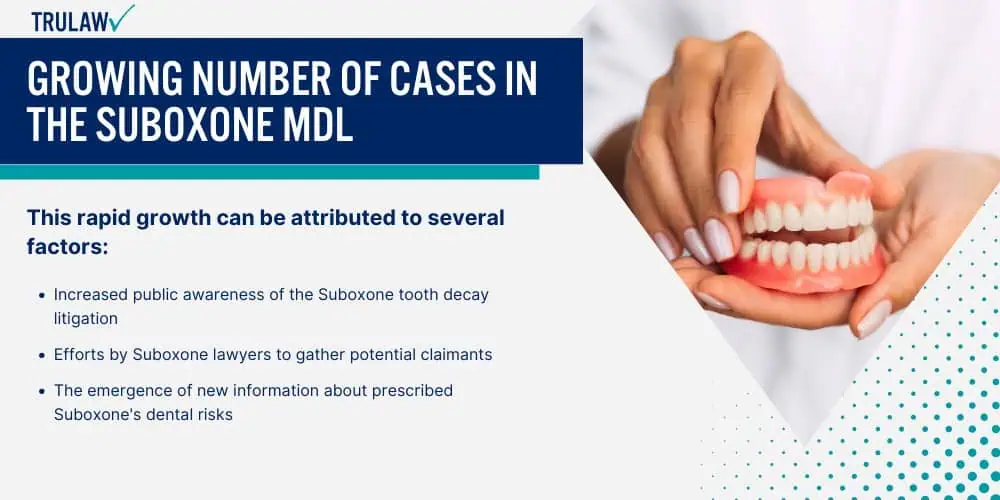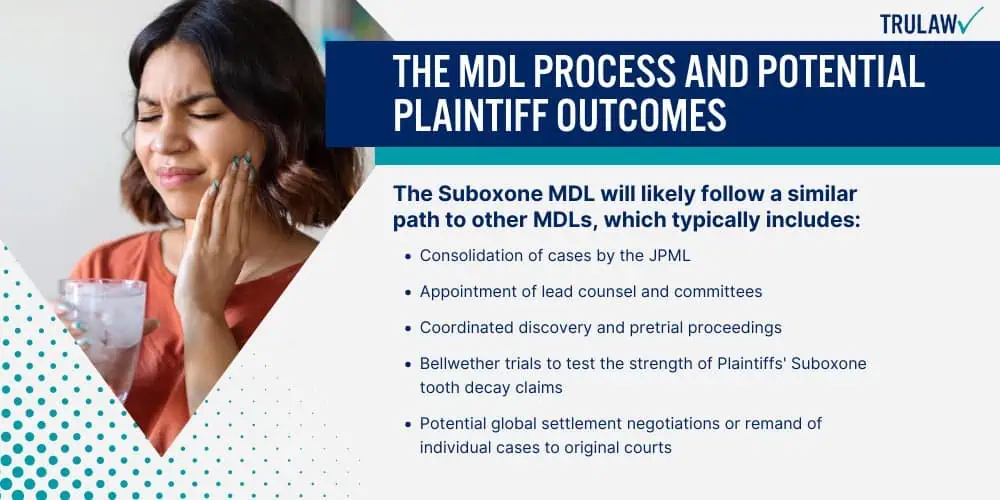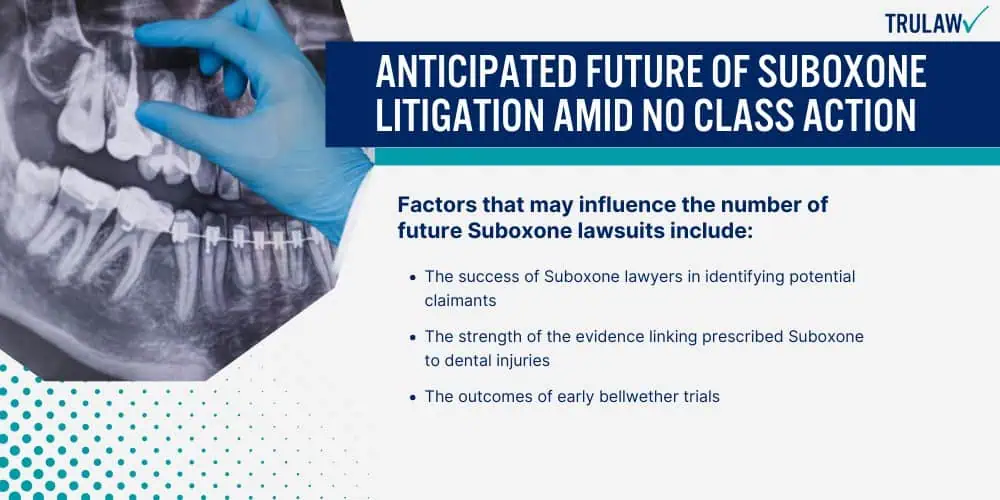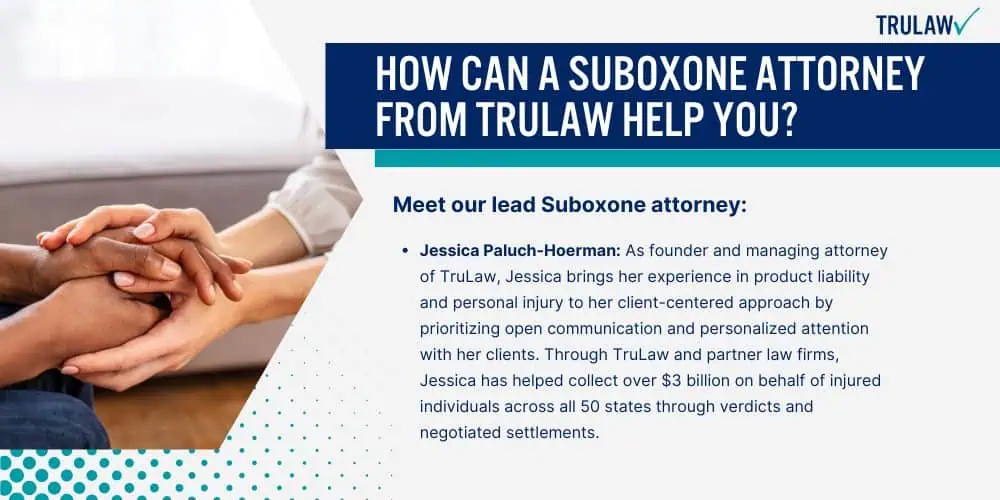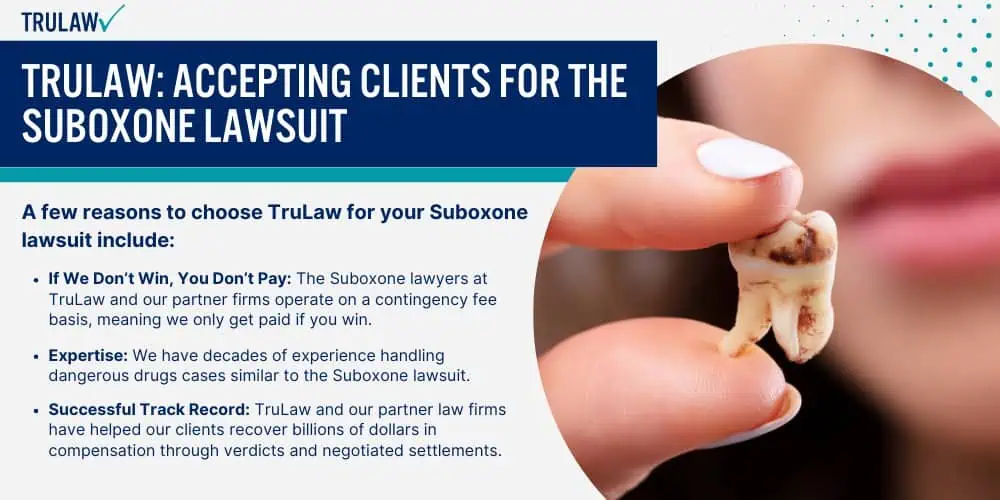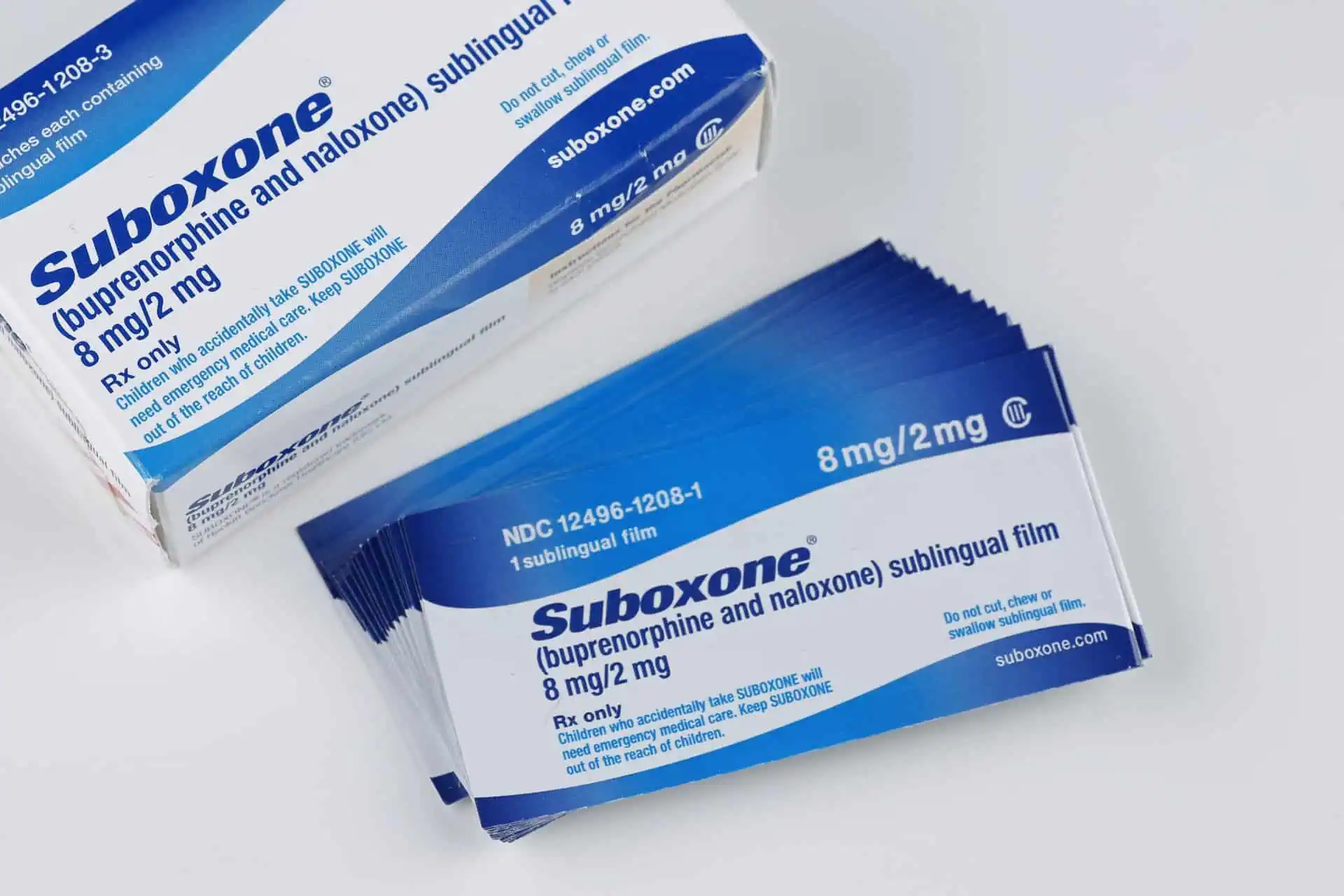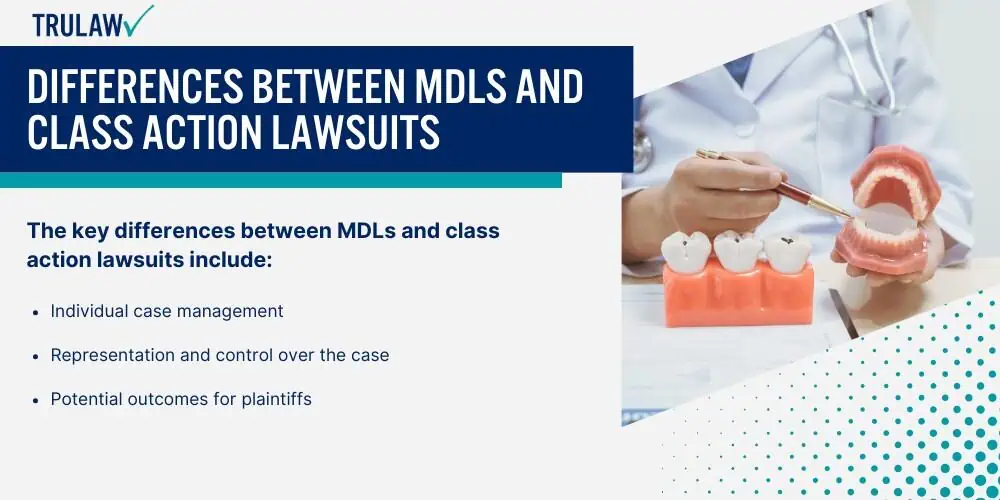
Multidistrict litigation (MDL) and class action lawsuits are two distinct legal mechanisms for handling multiple similar cases, such as Suboxone tooth decay lawsuits.
The key differences between MDLs and class action lawsuits include:
- Individual case management
- Representation and control over the case
- Potential outcomes for plaintiffs
MDLs allow for more personalized handling of each case, while class actions treat all plaintiffs as a single entity.
This distinction is crucial for understanding the nuances of the Suboxone tooth decay litigation.
How MDL 3092 Contrasts with a Class Action Lawsuit
MDL 3092 offers a more individualized approach compared to class action lawsuits.
It provides plaintiffs with the opportunity to maintain their own legal representation and pursue their cases based on personal circumstances.
MDL 3092, which consolidates Suboxone lawsuits, differs from a class action in several ways:
- Each plaintiff retains their own legal representation
- Cases are grouped together for pretrial proceedings but remain separate
- Plaintiffs have more control over their individual Suboxone tooth decay claims
In contrast, class actions involve a single lawsuit representing the entire group of plaintiffs, with limited individual control.
The Suboxone lawsuit MDL structure allows for a more tailored approach to each plaintiff’s unique circumstances.
Benefits of Consolidating Suboxone Claims via MDL
Consolidating Suboxone teeth lawsuits through an MDL offers several advantages for plaintiffs and the legal system.
The benefits of the Suboxone MDL include:
- Streamlined discovery and pretrial processes
- Consistency in rulings and procedures
- Potential for global settlements
By grouping similar cases, the MDL promotes efficiency and reduces the risk of contradictory decisions.
This consolidation can encourage defendants to consider broad settlement options for Suboxone tooth decay lawsuits.
